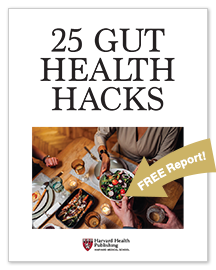
5 timeless habits for better health
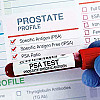
What are the symptoms of prostate cancer?

Is your breakfast cereal healthy?
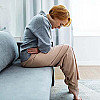
When pain signals an emergency: Symptoms you should never ignore
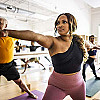
Does exercise give you energy?
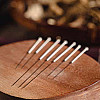
Acupuncture for pain relief: How it works and what to expect

How to avoid jet lag: Tips for staying alert when you travel

Biofeedback therapy: How it works and how it can help relieve pain
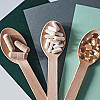
Best vitamins and minerals for energy

Should you take probiotics with antibiotics?
Pain Archive
Articles
"Pandemic posture" hurting your back? You can fix it!
"Pandemic posture" refers to poor posture from slouching at a desk or on a couch during time at home during the pandemic, and it can result in back or neck pain. To reduce pain, doctors recommend exercising every day; working with a physical therapist to learn the right way to sit up straight and how to strengthen the muscles that support the posture; using a chair with cushioning for the buttocks and support for the lower back; using a footrest; keeping a computer monitor at eye level; and using an ergonomically designed mouse and wrist pad.
Pain, anxiety, and depression
Pain, anxiety, and depression often coincide because the parts of the brain and nervous system that handle sensations and touch interact with those that regulate emotions and stress.
Vitamin D deficiency might affect recovery from knee surgery
Right-sizing opioid prescriptions after surgery
It's common for doctors to prescribe opioid pain medications for their patients after surgery; however, prescribing large numbers of pills increases the possibility of dependence and overdose. Writing prescriptions for smaller quantities of pills while still monitoring people's pain is one way to reduce the likelihood that a person develops a problem.
Take on chronic pain where it lives
Is my kidney causing my back pain?
People commonly think back pain comes from the kidney, but it's more likely due to a muscle- or spine-related problem. When pain is related to the kidney, the pain is higher up in the back, and the symptoms are different, such as a fever and waves of intense pain rather than a steady ache.
High-intensity walking may reduce leg pain from artery disease
Are home pain relief gadgets safe for use?
Chronic inflammation and your joints

5 timeless habits for better health

What are the symptoms of prostate cancer?

Is your breakfast cereal healthy?

When pain signals an emergency: Symptoms you should never ignore

Does exercise give you energy?

Acupuncture for pain relief: How it works and what to expect

How to avoid jet lag: Tips for staying alert when you travel

Biofeedback therapy: How it works and how it can help relieve pain

Best vitamins and minerals for energy

Should you take probiotics with antibiotics?
Free Healthbeat Signup
Get the latest in health news delivered to your inbox!
Sign Up










